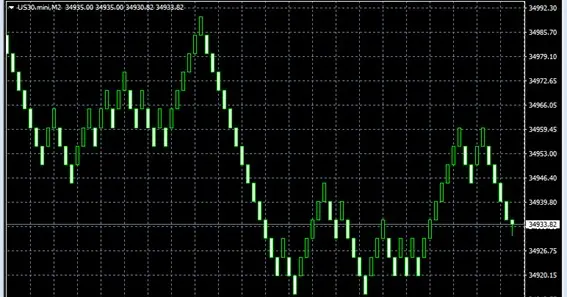The dynamic world of financial trading is constantly evolving, and with it, traders use the tools and platforms to execute their strategies. One of the significant shifts in recent years has been the transition from MetaTrader 4 (MT4) to MetaTrader 5 (MT5) – a move that promises traders a more advanced and versatile trading experience. This article will discuss the reasons behind this transition and explore how traders can seamlessly navigate this shift to embrace a new era in trading.
Why Transition to MT5?
- Diverse Asset Classes: MT5 opens the door to a broader range of financial instruments, including not only forex and commodities but also stocks, indices, and cryptocurrencies. This expansion enables traders to diversify their portfolios and explore new trading opportunities.
- Enhanced Technical Analysis: MT5 enhances technical analysis with an increased number of timeframes, more than 80 built-in indicators, and an improved charting interface. This allows traders to gain deeper insights into market trends and make more informed decisions.
- Advanced Order Types: MT5 introduces additional order types, such as “Buy Stop Limit” and “Sell Stop Limit,” which provide more control over trade execution. Moreover, the platform supports hedging, allowing traders to simultaneously hold multiple positions in the same instrument.
- Improved Backtesting and Optimisation: The built-in Strategy Tester in MT5 offers more accurate backtesting and optimisation capabilities, thanks to the ability to use real tick data. This enables traders to fine-tune their strategies more effectively.
- Economic Calendar and News: MT5 features an integrated economic calendar and news section, informing traders about significant market events and their potential impact on trading positions.
- Customisation and Flexibility: While MT4 was known for its customisation options, MT5 takes it further. Traders can develop custom indicators, scripts, and expert advisors with an expanded set of programming languages, making it easier to implement unique trading strategies.
Also Read N: What Is BAS: Understanding The Business Activity Statement
Navigating the Transition
- Education and Familiarisation: Traders who are used to MT4 might initially find the transition to MT5 a bit overwhelming. The key is education. MetaQuotes provides comprehensive guides and tutorials to help traders become familiar with the new platform.
- Retaining What Works: The good news is that some features and functionalities remain consistent between the two platforms. Traders should identify the tools and strategies that have been successful on MT4 and adapt them to MT5.
- Migrating Indicators and EAs: Traders relying heavily on custom indicators and expert advisors (EAs) on MT4 might need to modify or re-code them for MT5. While the coding language is similar, some differences require adjustment. Additionally, many developers now offer their tools for both platforms.
- Adopting New Strategies: With the expanded asset classes and advanced features of MT5, traders can consider developing new strategies that take advantage of the platform’s capabilities. Exploring stocks, indices, and cryptocurrencies could yield fresh opportunities.
- Using the Two Platforms Concurrently: Traders who aren’t ready to fully transition can use MT4 and MT5 simultaneously. This can be helpful during the learning phase, allowing them to shift their strategies and comfort levels gradually.
Also Read P: What Is Zapain: Explained As Simply As Possible
Summing up, the transition from MetaTrader 4 to MetaTrader 5 marks a pivotal moment in the trading world. While MT4 has been a reliable workhorse for many years, the advancements offered by MT5 open up new horizons for traders. The diverse range of asset classes, improved technical analysis tools, advanced order types, and enhanced customisation options make MT5 a platform tailored to the evolving needs of modern traders. Traders who invest time in understanding and adapting to MT5 can position themselves at the forefront of the trading landscape, ready to navigate the complexities of today’s dynamic markets.






